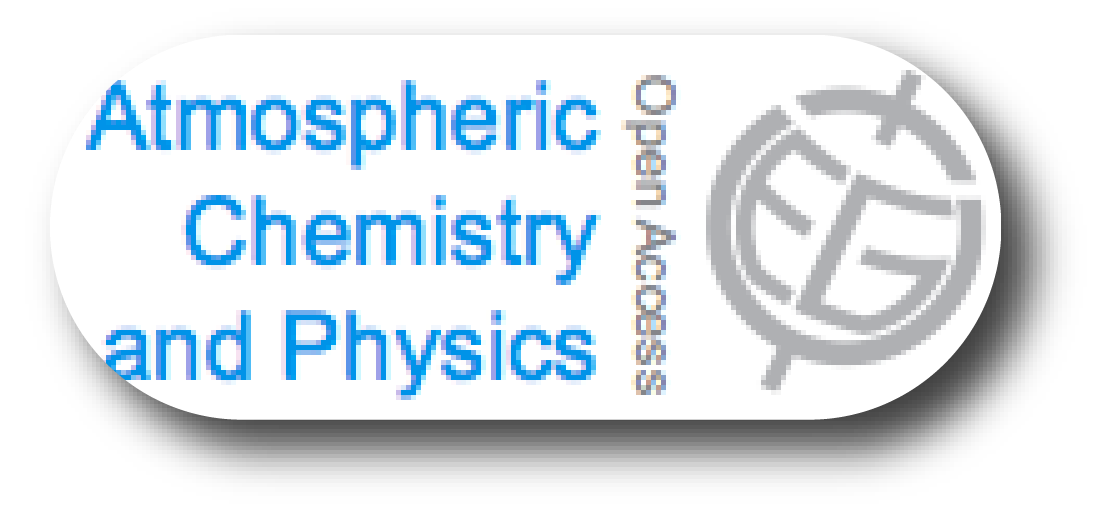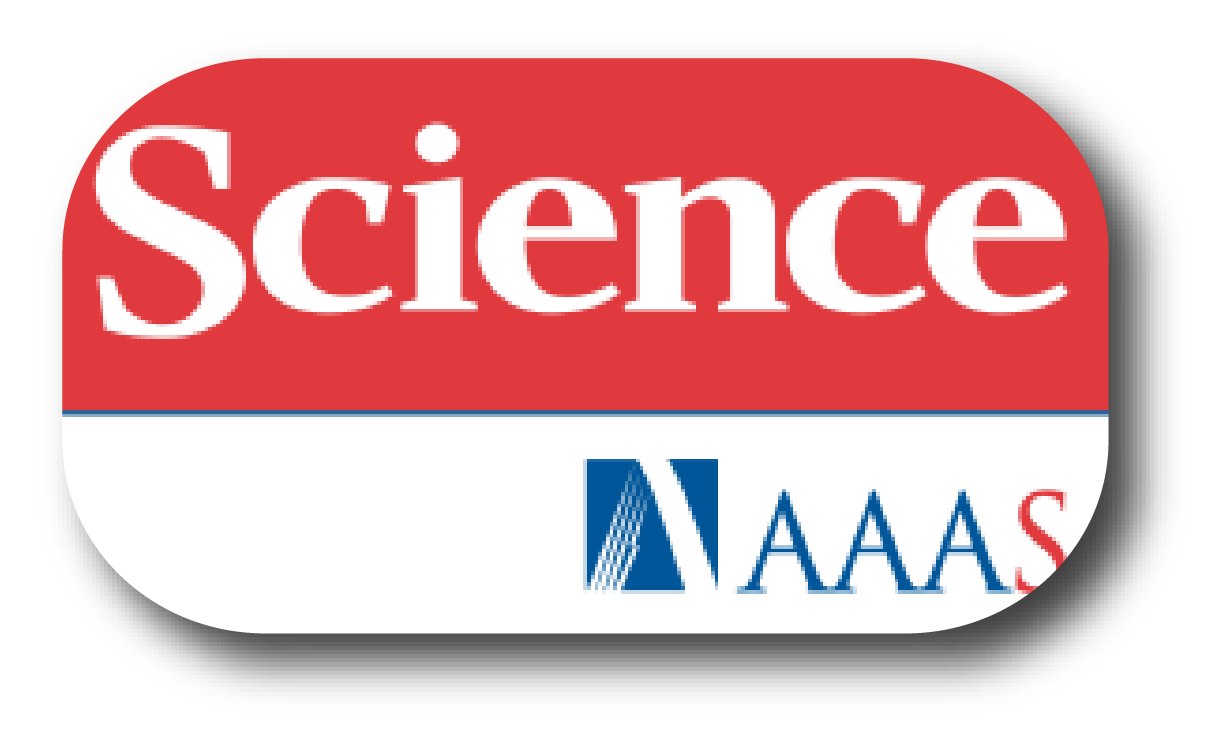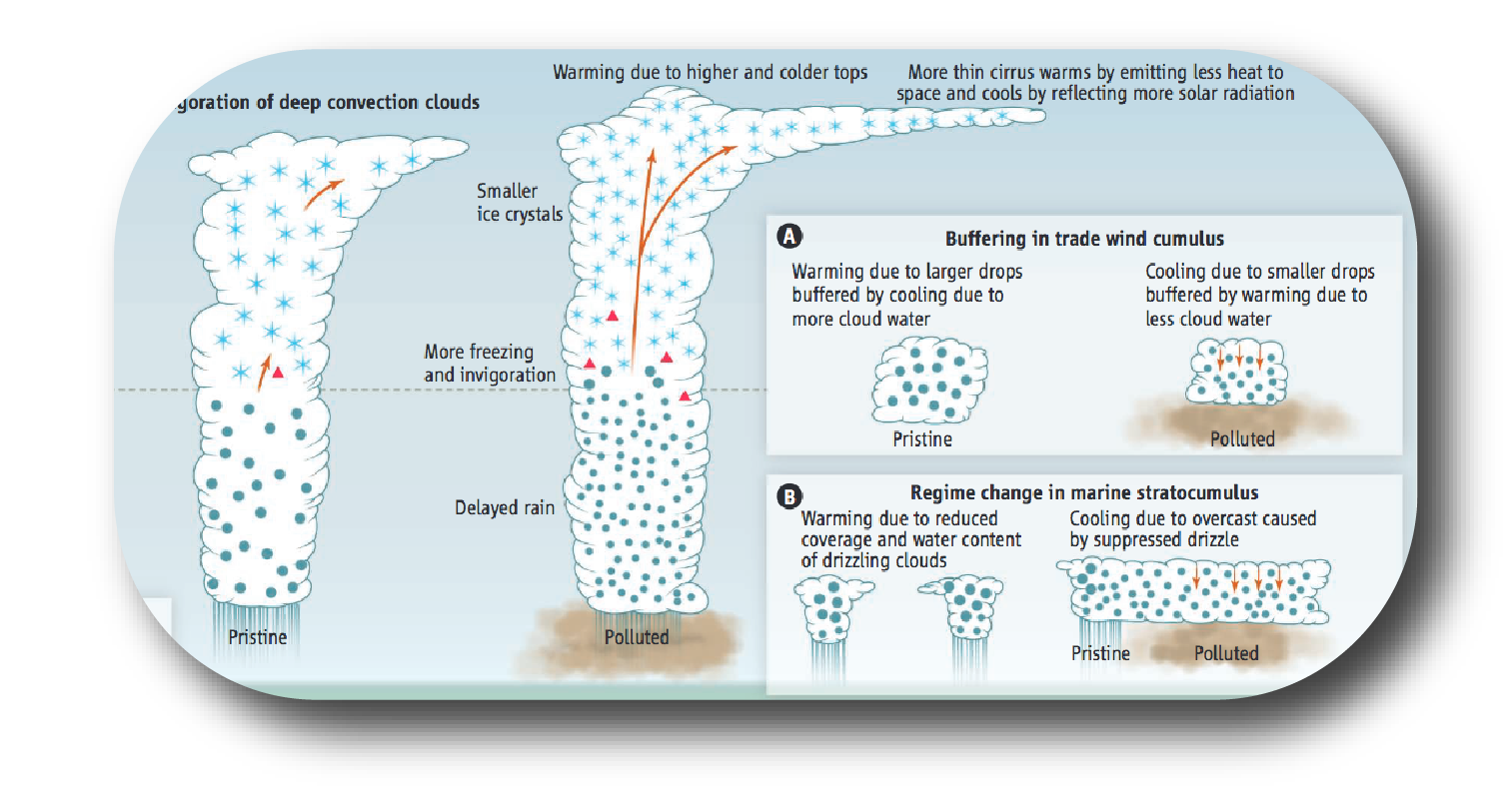June 2016
BACCHUS partners report in Science and Nature
F. Bianchi et al., Science, 2016
Many of the particles in the troposphere are formed in situ, but what fraction of all tropospheric particles do they constitute and how exactly are they made? Bianchi et al. report results from the high-altitude research station Jungfraujoch, Switzerland. In the majority of the cases, the particles were formed by the condensation of highly oxygenated molecules without significant contribution by sulfuric acid. This supports similar findings from laboratory studies in the CLOUD chamber at CERN (see Kirkby et al., 2016 below) and together they are an important change in paradigm that sulfuric acid is a requirement for most nucleation in the troposphere. Moreover, model calculations revealed that new particle formation occurs at the Jungfraujoch during a limited time window after the last contact with the planetary boundary layer."
Bianchi, F. et al., New particle formation in the free troposphere: A question of chemistry and timing, Science, Vol. 352, 6289, 2016, doi:10.1126/science.aad5456, Article
J. Kirkby et al., Nature, 2016; J. Tröstl et al., Nature, 2016
"About half of present-day cloud condensation nuclei originate from atmospheric nucleation. Sulfuric acid vapor is often involved in nucleation but is too scarce to explain most subsequent growth, leaving organic vapors as the most plausible alternative. Although recent studies predict that low-volatility organic vapors contribute during initial growth, direct evidence has been lacking. Kirkby et al. present experiments performed in a large chamber under atmospheric conditions and show that organic vapors alone can drive nucleation, in agreement with the field results in Bianchi et al. (2016) above. Tröstl et al. present a particle growth model that quantitatively reproduces the measurements and implement a parameterization of the first steps of growth in a global aerosol model. They find that concentrations of atmospheric cloud concentration nuclei can change substantially in comparison with previously assumed growth rate parameterizations."
Tröstl., J. et al., The role of low-volatility organic compounds in initial particle growth in the atmosphere, Nature, 533, 7604, 527-531, 2016, doi:10.1038/nature18271, Article.
Kirkby, J. et al., Ion-induced nucleation of pure biogenic particles, Nature, 533, 7604, 521-526, 2016, doi:10.1038/nature17953, Article
|

|
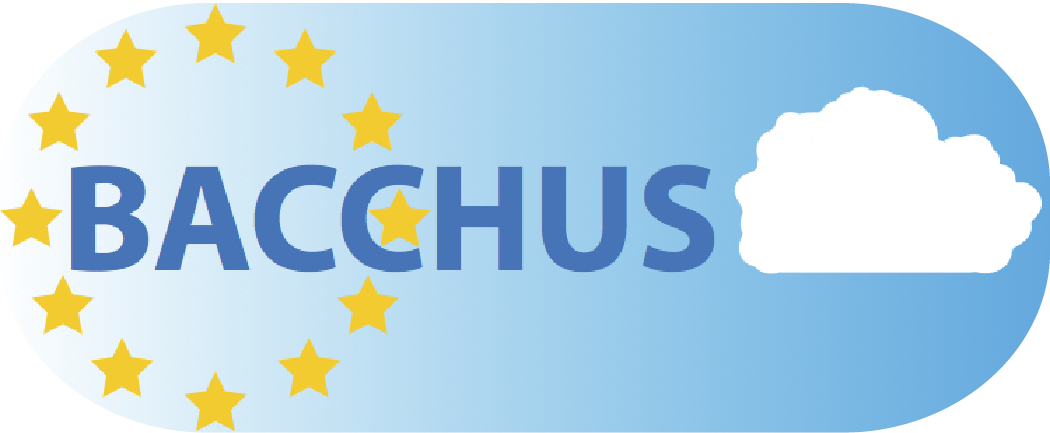
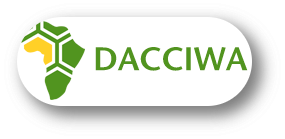

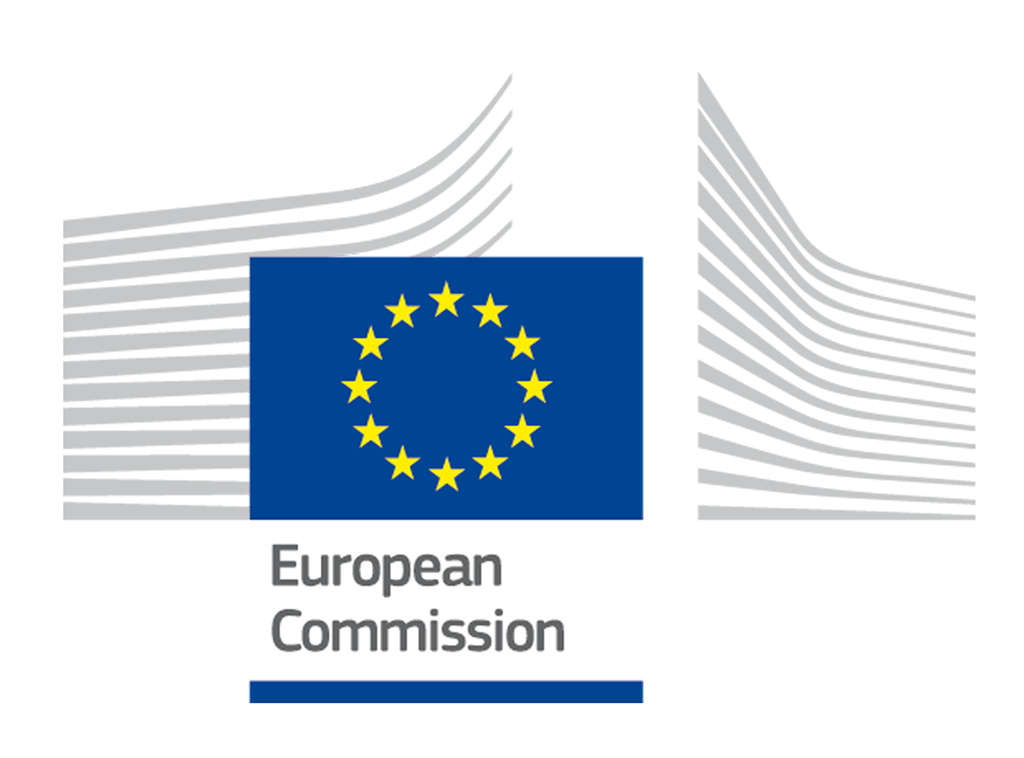


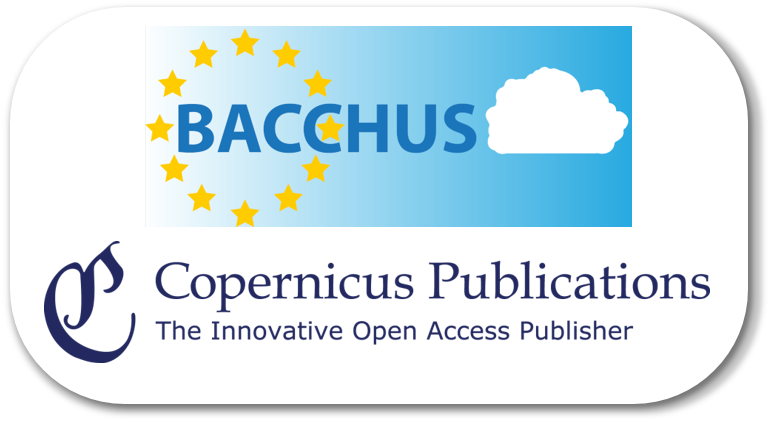

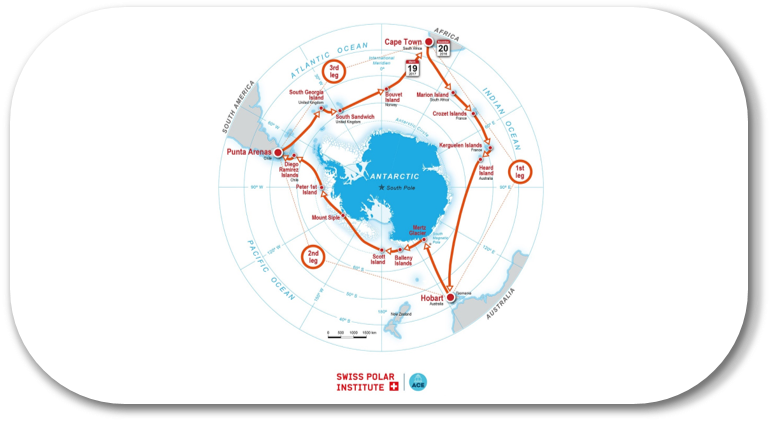


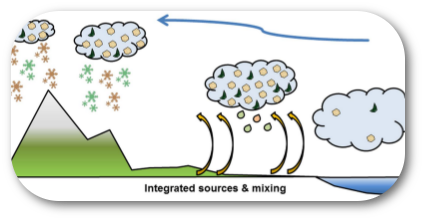

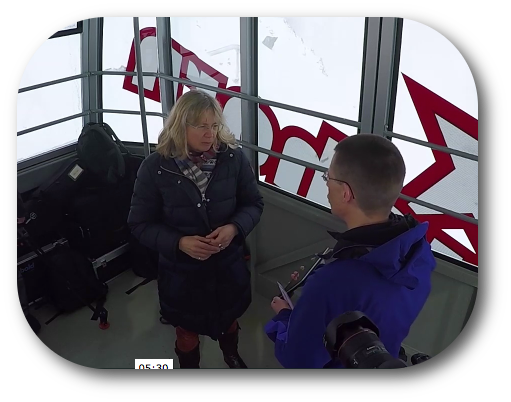
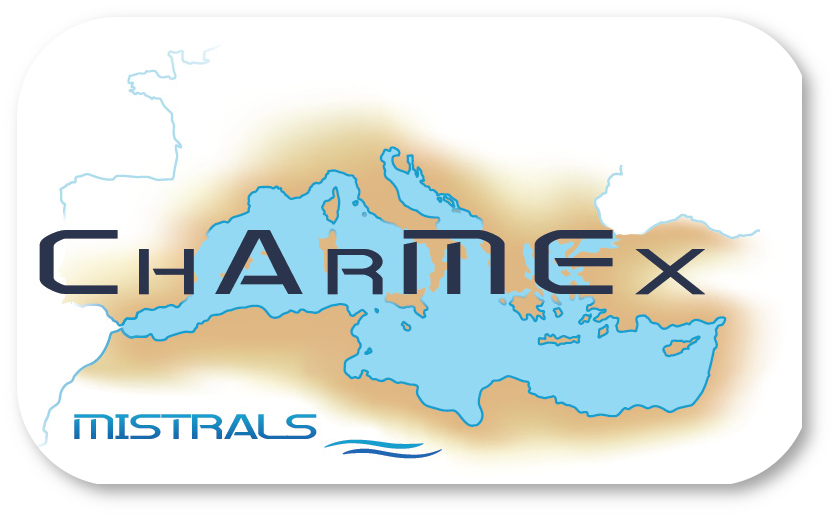

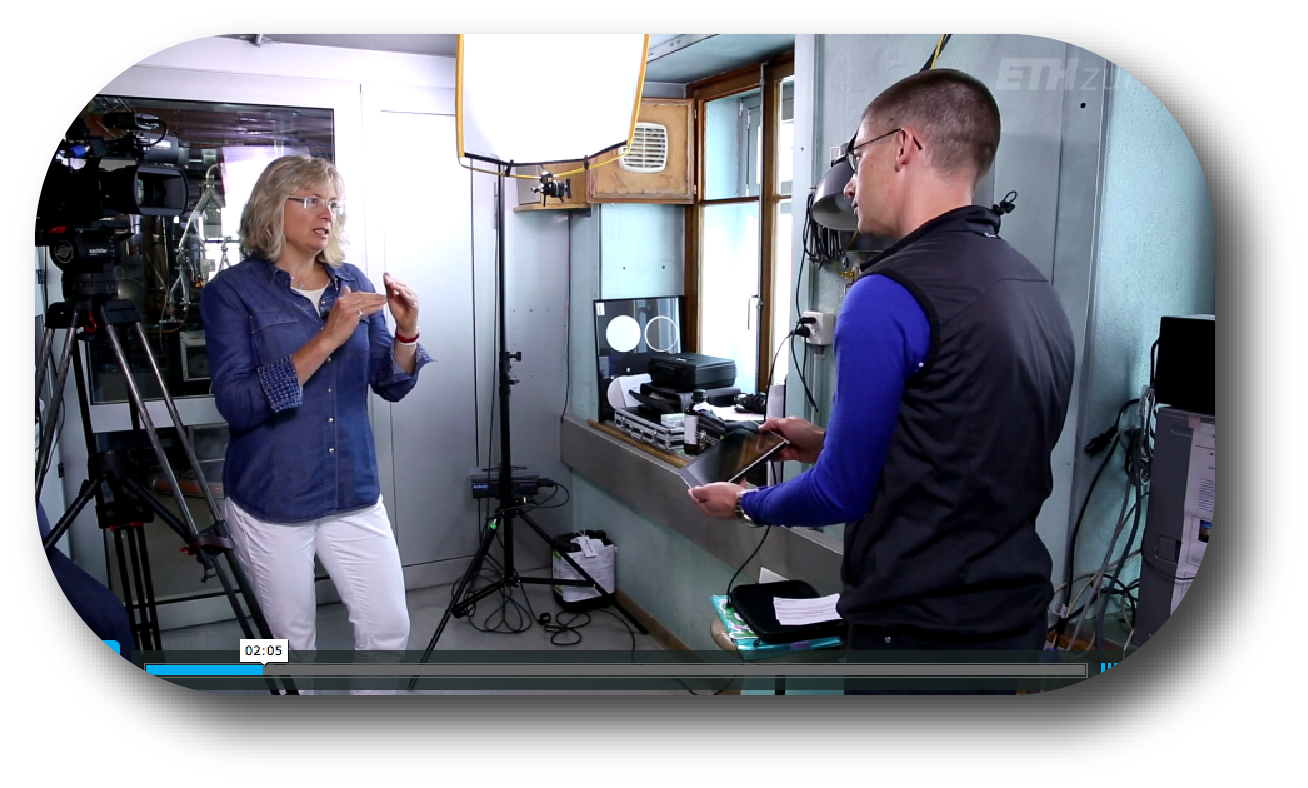
 list of mentoring schemes offered at BACCHUS partner institutions
list of mentoring schemes offered at BACCHUS partner institutions
